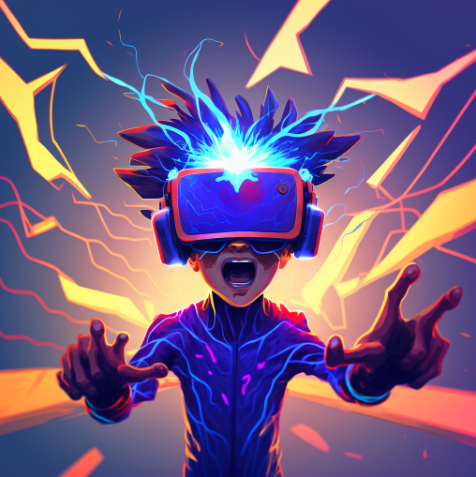Virtual Reality’s Impact on Animated Entertainment and Its Future

The incorporation of virtual reality (VR) is changing the animation industry in significant ways. Using virtual reality (VR) tools, animators can produce more interactive and immersive content for viewers.
The capability to create fully immersive worlds is one of the biggest benefits of VR in animation. VR allows viewers to enter the animated world and engage with the characters and setting in ways that were previously impossible. When the audience is fully immersed, the experience becomes more exciting and memorable.
Cartoonists can also use virtual reality to make their shows more engaging by incorporating audience participation. Observers of a virtual reality animation, for instance, can influence the story’s resolution by selecting one of several possible actions. The audience can have a more tailored and interesting experience thanks to this high degree of interactivity.
The ability to design believable and lifelike characters is another benefit of using VR in animation. VR allows animators to use motion capture to create characters that look, feel, and act just like humans. The audience is able to immerse themselves in the story and find it more credible because of the increased level of realism that is not possible with more conventional animation methods.
Though the benefits of virtual reality (VR) in animation are clear, doing so is not without its difficulties. The high price tag of necessary virtual reality hardware and software is a major obstacle. Because virtual reality equipment is so costly, some smaller animation studios may not be able to afford it. Furthermore, animators may lack the new set of skills and knowledge necessary to create VR animations.
The use of virtual reality in animation, despite these obstacles, is proving to be a useful tool for the animation industry. Virtual reality enables the production of highly realistic and lifelike environments and characters, as well as fully immersive and interactive experiences for audiences. The role of virtual reality in the animation industry is only expected to grow as the technology evolves and becomes more widely available.